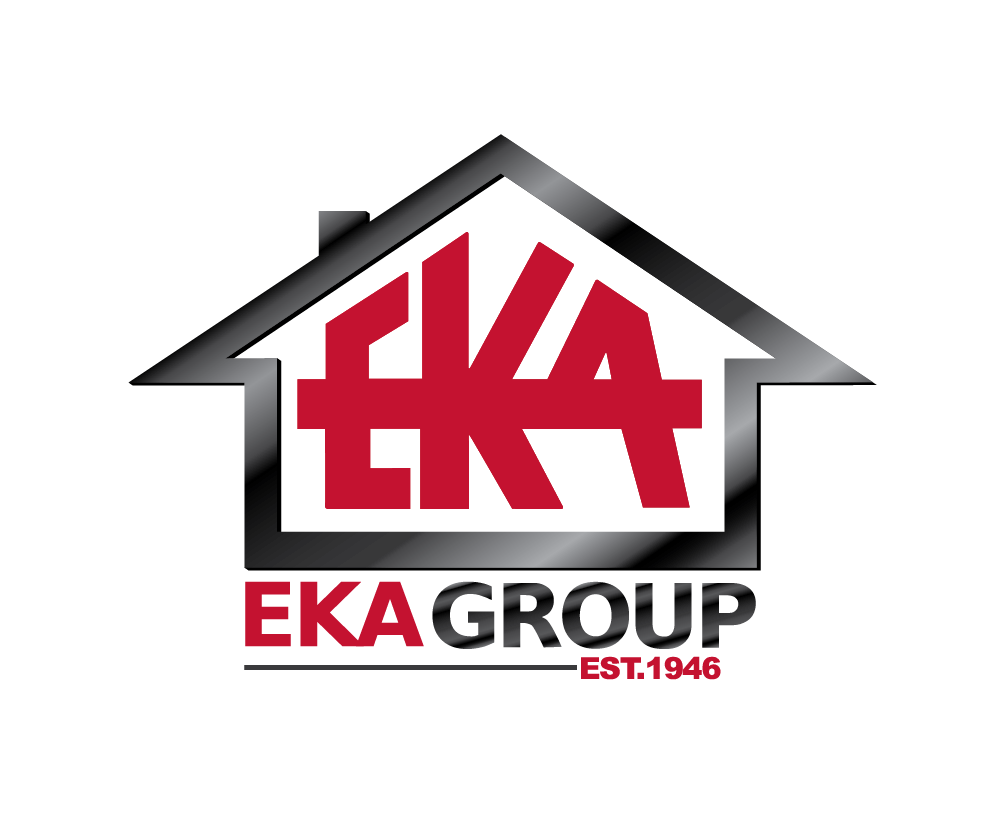
Best Tips for Choosing Outdoor Caulk for Concrete Surfaces
When it comes to maintaining the integrity of concrete surfaces, using the right sealant is essential. Outdoor Caulk For Concrete serves as a protective barrier against water infiltration, weather damage, and the natural expansion and contraction of concrete materials. Selecting the right type can be daunting, with various formulations available, each designed for specific conditions and applications. In this guide, we explore the best tips for choosing outdoor caulk that not only withstands the elements but also ensures longevity. From understanding the different types of caulk available to considering factors such as elasticity, temperature resistance, and ease of application, this comprehensive overview will equip you with the knowledge needed to make an informed decision for your outdoor concrete projects. Whether you are sealing joints on patios, driveways, or walkways, the right outdoor caulk will help you achieve a durable and aesthetically pleasing finish.
Understanding the Different Types of Outdoor Caulk for Concrete Surfaces
When selecting outdoor caulk for concrete surfaces, it's essential to understand the different types available to meet various outdoor conditions. According to a 2022 market research report by IBISWorld, the caulk market has experienced a steady growth rate of 3.5% annually, highlighting the increasing demand for specialized sealing products. Primarily, the two most common types of caulk for concrete are silicone and polyurethane. Silicone caulk is renowned for its flexibility and resistance to harsh weather changes, making it suitable for areas that experience temperature fluctuations (TechNavio, 2021). It typically lasts longer in outdoor applications due to its high-performance durability.
On the other hand, polyurethane caulk offers superior adhesion and is often preferred for heavy-duty sealing tasks. A study by the Amercian Concrete Institute (ACI) indicates that polyurethane-based caulks can withstand a wider range of stresses, making them ideal for areas exposed to significant movement or pressure, such as driveways and patios. Choosing between these two types ultimately depends on the specific project requirements, climate, and the surface conditions of the concrete. Understanding these differences can help consumers select the right caulk, ensuring not just performance but also longevity.
Key Factors to Consider When Selecting Outdoor Caulk
When selecting outdoor caulk for concrete surfaces, understanding the key factors involved can significantly influence your choice. One of the most critical factors is the caulk's compatibility with the material it will be applied to. Ensure that the caulk adheres well to concrete and can withstand the elements, including temperature fluctuations and moisture. Look for products specifically designed for outdoor use, as these typically feature better weather resistance.
Another essential consideration is the caulk's curing time and ease of application. Thicker caulks are often more challenging to apply but can provide superior durability once set. It's wise to opt for caulk that uses a caulking gun for a more precise application. Additionally, consider the finishing options available; some caulks can be painted over, allowing them to blend seamlessly with your outdoor structures.
Finally, it's important to assess the product's longevity and maintenance needs. A good outdoor caulk should maintain its integrity over time without significant wear or need for regular replacement. Investing in high-quality caulk will save you time and effort in the long run while ensuring your concrete surfaces remain protected from moisture and other damaging elements.
Best Tips for Choosing Outdoor Caulk for Concrete Surfaces - Key Factors to Consider When Selecting Outdoor Caulk
| Factors to Consider | Description | Example Uses |
|---|---|---|
| Weather Resistance | The caulk should withstand extreme weather conditions including rain, sun, and freezing temperatures. | Sealing joints in outdoor patios, driveways, or foundations. |
| Adhesion Strength | Good adhesion to concrete surfaces ensures longevity and durability. | Filling cracks in concrete walls or floors. |
| Flexibility | The caulk should remain flexible to accommodate the natural expansion and contraction of concrete. | Sealing around door frames or window frames in concrete structures. |
| Curing Time | Consider how quickly the caulk dries and cures, affecting project timelines. | Quick repairs needing fast curing for subsequent weatherproofing. |
| Color Options | Choose colors that blend with or complement concrete surfaces for aesthetic purposes. | Cosmetic repairs on visible outdoor surfaces. |
| Mold and Mildew Resistance | A necessary feature for areas exposed to moisture to prevent deterioration. | Sealing around pool decks or wet areas. |
Step-by-Step Guide to Applying Caulk on Concrete
When applying caulk on concrete surfaces, it's essential to ensure a proper seal that withstands the elements. Start by cleaning the surface thoroughly; any dirt or debris can prevent the caulk from adhering correctly. Use a wire brush or a pressure washer to remove any loose material. After cleaning, allow the surface to dry completely before proceeding to the next step.
Next, choose the right outdoor caulk. Look for types that are specifically designed for concrete applications, such as polyurethane or silicone-based caulks, as they offer excellent durability and flexibility. When applying the caulk, cut the nozzle at a 45-degree angle for better precision and apply it evenly along the joint you’re sealing. It's crucial to work in sections to avoid the caulk drying out before you smooth it.
Don’t forget to use a caulk smoothing tool or even your finger to create a smooth finish. This step not only enhances the appearance but also ensures that the caulk fills the joint correctly. Keep in mind that the temperature and humidity can affect the curing time, so monitor the weather conditions to achieve the best results.
Common Mistakes to Avoid When Using Outdoor Caulk
When using outdoor caulk for concrete surfaces, it's essential to avoid some common mistakes that can compromise the effectiveness of your project. One significant error is selecting the wrong type of caulk. Not all caulks are designed for outdoor use; using an indoor product can lead to poor adhesion and premature failure. Make sure to choose a caulk specifically formulated for outdoor applications and compatible with concrete surfaces.
Another mistake is neglecting surface preparation. Failing to clean the area thoroughly can lead to inadequate bonding, as dirt, moisture, and old caulk residues can interfere with adherence. Always ensure the surface is dry and free of debris before applying the caulk. Additionally, many DIYers mistakenly apply too much caulk, thinking it will provide better protection. However, using excess caulk can lead to sagging and make it harder to achieve a neat finish. Learning the correct application technique will not only enhance the appearance but also increase the durability of the seal.
Best Tips for Choosing Outdoor Caulk for Concrete Surfaces
This chart displays the common mistakes to avoid when using outdoor caulk for concrete surfaces, showcasing the percentage of users who reported encountering these issues.
Maintenance Tips for Long-Lasting Caulk on Concrete Surfaces
When it comes to maintaining outdoor caulk on concrete surfaces, proper care is essential for ensuring longevity and performance. According to a report by the American Society of Home Inspectors, outdoor caulk can last anywhere from 5 to 25 years, depending on the materials used and the environmental conditions. However, the longevity of your caulk can be significantly reduced if it is not adequately maintained.
Tip 1: Regular inspections are key. Check for any cracks or gaps every few months, especially after extreme weather conditions. Look for discoloration or peeling, which can indicate that the caulk is beginning to degrade. If you notice any issues, it’s important to remove the old caulk and reapply a fresh layer to prevent moisture infiltration and potential damage to the concrete beneath.
Tip 2: Choose high-quality caulk designed for outdoor use. Silicone or polyurethane-based caulks typically offer better durability and resistance to UV rays and temperature fluctuations than standard acrylic caulks. A study by the ASTM International emphasizes that premium outdoor caulks can withstand harsher environments, reducing the need for frequent replacements.
By following these maintenance tips and investing in the right materials, homeowners can extend the life of their outdoor caulk, protecting their concrete surfaces for years to come.

